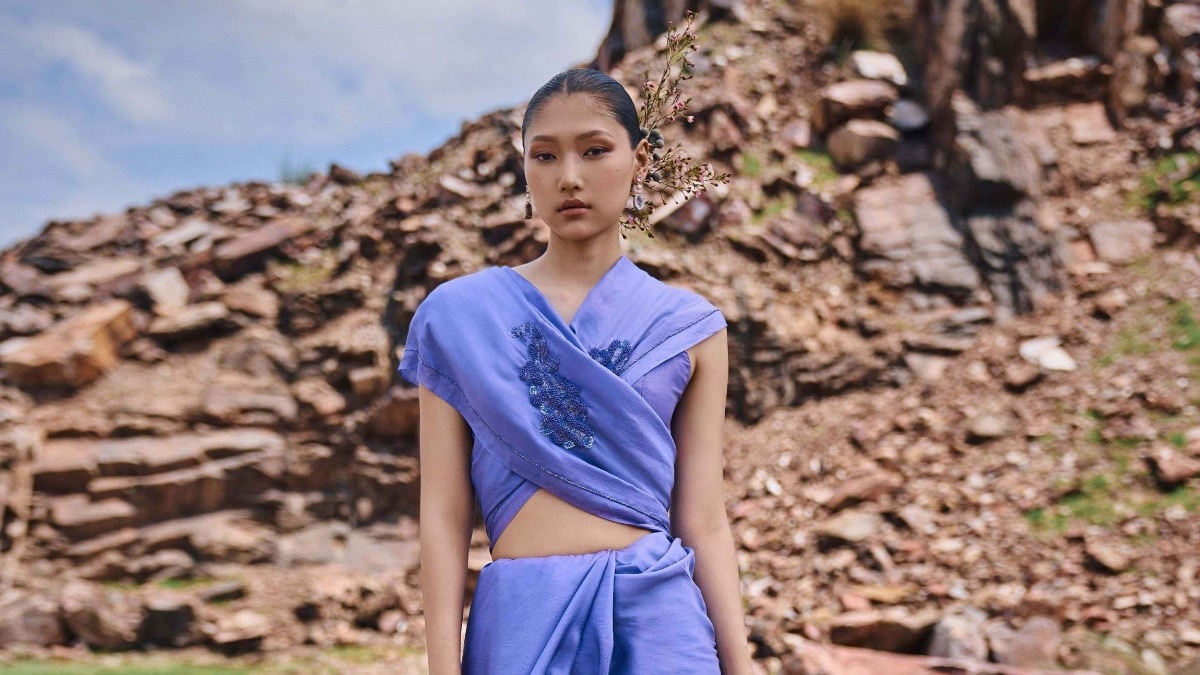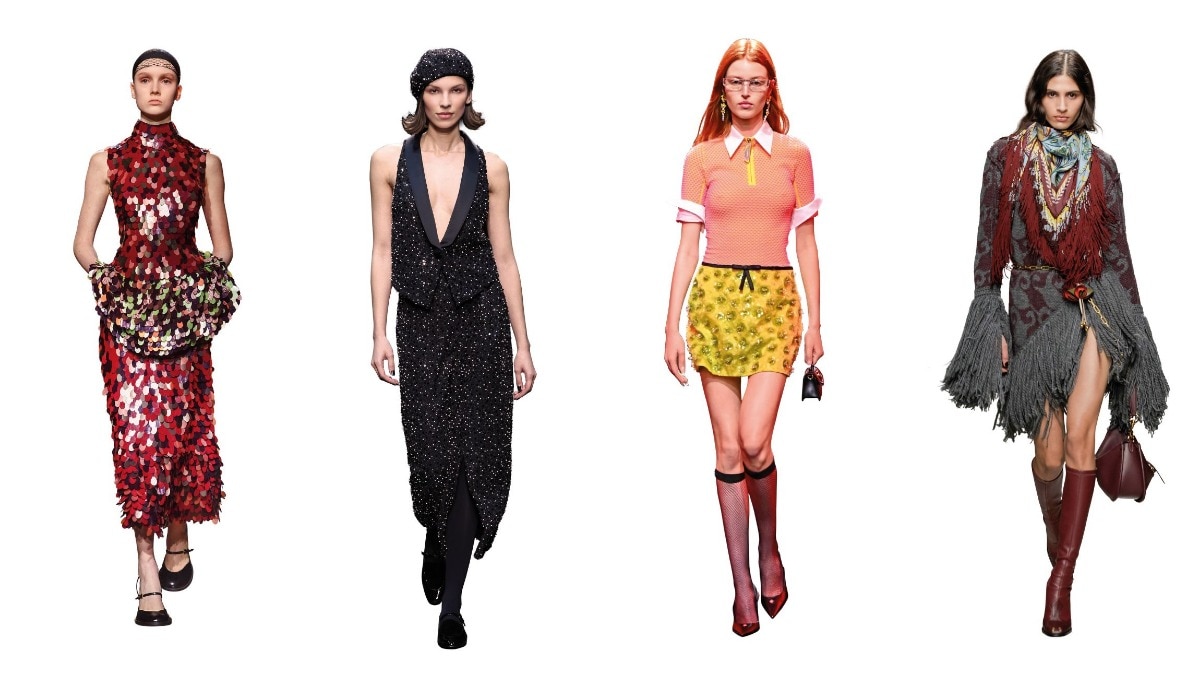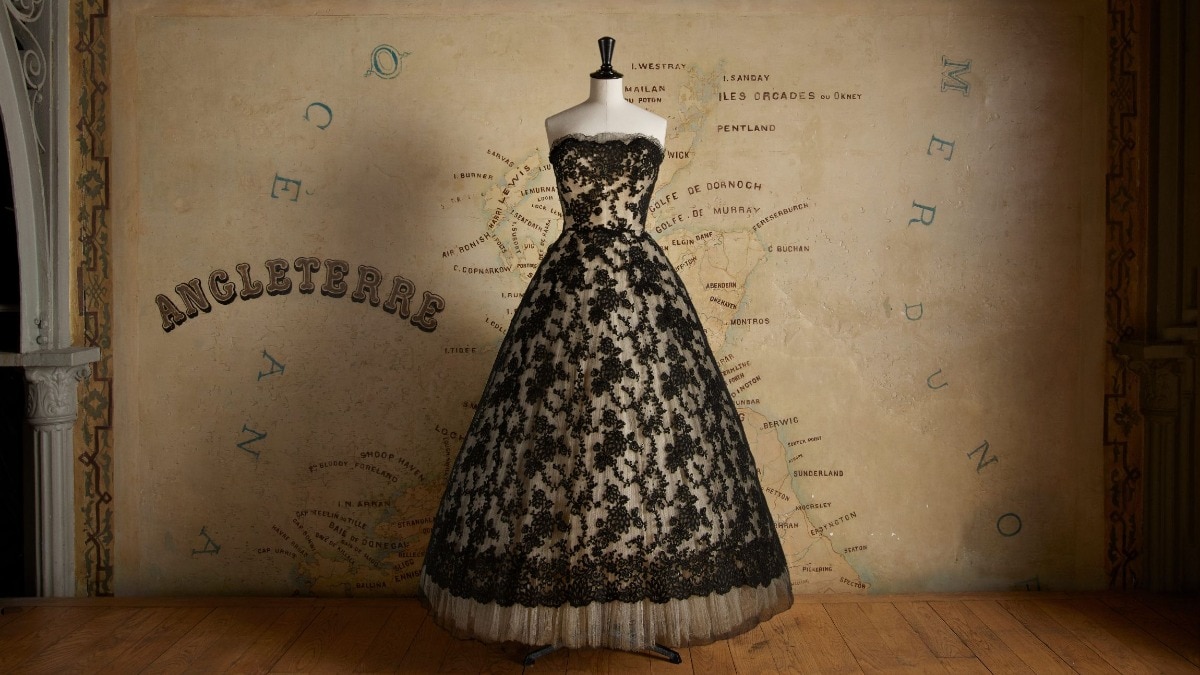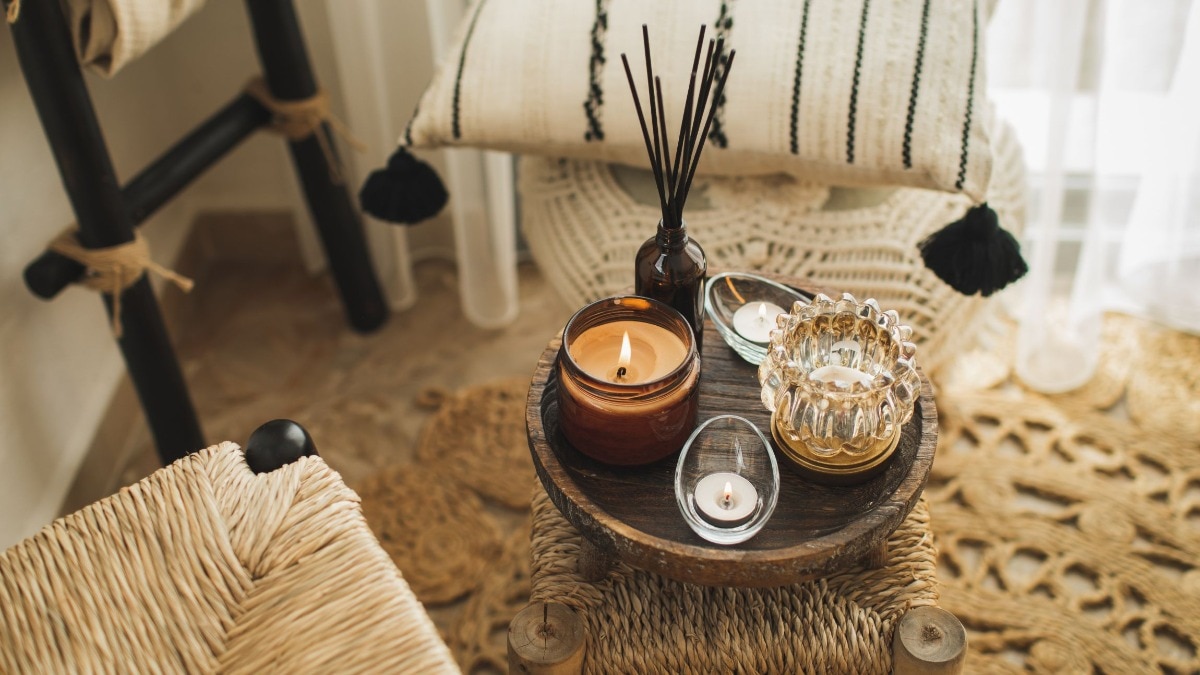Exploring the modern nuances of North-Eastern craftsmanship
Blending traditional artistry with contemporary elegance.


In 2024, the word ‘homegrown’ has become a stamp of approval. This cultural zeitgeist is fuelled by a surge in local talent being recognised and appreciated for the unique vision they’re bringing to the table. To put it simply, fashion has never been more patriotic. While couturiers like Gaurav Gupta and Rahul Mishra continue to garner the most attention globally, they’ve put Indian fashion on the world map and made way for other local designers to rise to the occasion. The effects of this can be felt reverberating across the country, even in the nooks and crannies that have been ignored so far—and one such area is the Northeast of India. Each of these eight states have their own cultural identity, yet they all possess an insurmountable history of culture and talent.
Where luxury giants and fast fashion labels haven't influenced yet, heritage craftsmanship and local styles are bound to be given the recognition they deserve. With its rich cultural tapestry, Northeastern labels have been exploring the potential to blend heritage textiles with contemporary style, transforming them into versatile, everyday wear. Eri silks and handloom fabrics are finding home in upcycled westernwear and accessories. Popular in local markets, these brands are now using social media to popularise their products to a wider audience. Labels like ngoté from Mizoram, Kintem from Nagaland, and EAST from Manipur are only some examples. Though often a region alienated by mainland India, the Northeast has emerged as a fore-bringer of new trends, especially in the street-wear scene, making marks domestically and globally.
In the remote corners of India's northeast, a quiet revolution is unfolding. As the world turns its gaze towards sustainable fashion, the region's age-old textile traditions are experiencing a remarkable resurgence. From the intricate Muga silk of Assam to the vibrant Naga shawls, these fabrics aren't just clothes—they're living, breathing stories of cultural identity and ancestral wisdom. The northeast's textile heritage is as diverse as its landscape. Each state, each tribe boasts its own unique weaving techniques, motifs, and colour palettes. Take, for instance, the Manipuri Phanek—a traditional sarong-like garment. Its seemingly simple design belies a complex weaving process that can take weeks to complete.
The craftsmanship involved in creating these fabrics is nothing short of extraordinary. Take the Mizo Puanchei, a wraparound skirt that features intricate geometric patterns. Each piece often takes months to complete. The weavers, mostly women, pass down their skills from mother to daughter, ensuring the continuation of this rich heritage. For the locals, weaving is not just a craft but also the cultural heartbeat of the region. The intricate patterns and vibrant colours tell stories passed through generations, of ancient lore and sartorial solidarity between the tribes. In the age of sustainability, the weavers of the northeastern states utilise raw materials like cotton, silk, nettle, and kauna grass that are grown locally. They use both frame looms and back strap looms made of bamboo and wood locally available. Most of the dyes used are natural and sourced from indigenous plants and minerals. The remarkable design and skill of the weavers are unique and cannot be copied or produced by any other method—making these fabrics and garments truly unique.
The undeniable allure of the Northeast has become a source of inspiration for designers across the nation. The Whole Nine Yards’ recent collection, Aaranyam, draws inspiration from the rich cultural heritage and natural beauty of Assam, seamlessly blending traditional Assamese motifs with modern design elements. The name "Aaranyam," meaning "forest," captures the collection's deep connection to nature, particularly the mystical allure of Kaziranga's forests.
Similarly, The Silk Concept aims to reinvent traditional silk handlooms of Assam in contemporary clothing. Working with non-violent Eri silks and blends, mulberry silks, and muga, the slow fashion label offers a wide selection ranging from breezy saris. Their collection ‘Essence’ offers multi-functional, gender-fluid silhouettes—shirts, kurtas, outerwear, and scarves—in muted shades of ivory and beige.
The northeast's textile traditions offer more than just fine fabrics, they represent a sustainable, community-centred approach to fashion that the world needs now more than ever. As we grapple with the environmental and societal costs of fast fashion, perhaps it's time we looked to the wisdom of these areas—amidst the technicolour threads and intricate patterns, we might just find a story worth telling.
Feature image: The Whole Nine Yards / Tandem Communication
Also read: How homegrown fashion labels are making a case for refreshing ideologies
Also read: Women at the helm of five textile-forward fashion brands in India










